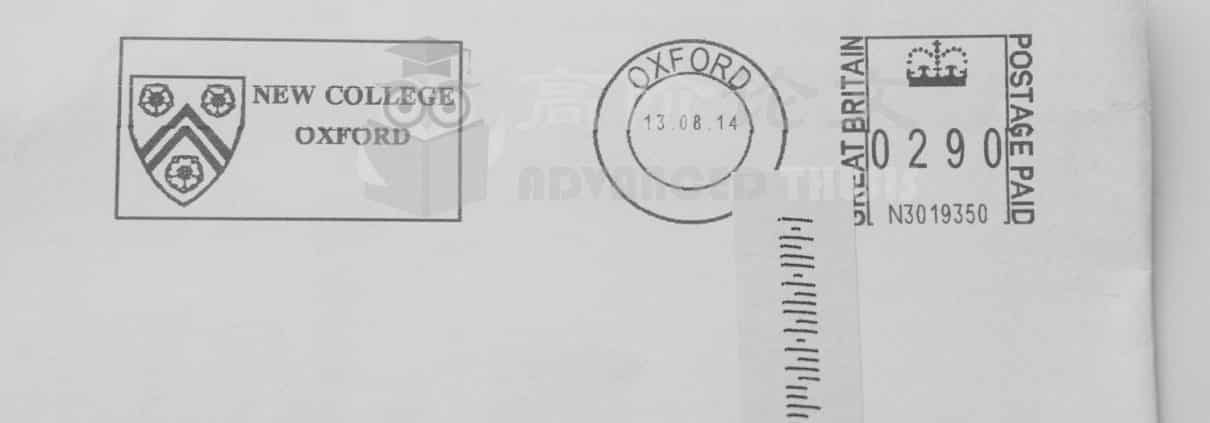加拿大代写essay:哥斯拉在日本的悲剧
加拿大代写essay:哥斯拉在日本的悲剧
随着粉碎票房成功后美国电影金刚的出现(1952)和华纳兄弟的生产从20000英寻的野兽(1953)后不久(男人,“哥斯拉和战后的日本”),怪兽电影答应即时与饥饿的观众,迎合他们内心的恐惧,立刻舔光了该电影的制片人之田中谁正在经历一个创意的死胡同的下降通过协调的电影项目与印度尼西亚后受到的恐怖怪物电影电影的成功。同样令人不安的是哥斯拉的导演,过去ishiro本田,谁经历过战争监禁在中国访问长崎后留下的深刻影响,在他返回日本。弯曲的规则,本田敢用直接的现实生活中的相似之处让我们见识到了社会政治动荡在日本流行的那段时间,和使用隐喻与辐射的影响通过强调对船上的无线电操作员的角色,遇到一个致命的死亡,类似的首席报务员的幸运龙5个月后死于辐射中毒(是的,《哥斯拉:日本原装”)。
“上世纪50年代中期日本仍带有伤疤-身体和心理–总体战和失败,“日本人民”压抑的正式和非正式的,”文章说的哥斯拉的修辞意义。笔者认为,这部电影给人一个机会来处理过去的恐怖,以及呈现给世界的核战争,日本的观点,反对通过“我们的朋友原子释放美国视角”(1957)(史蒂文斯,“哥斯拉”,7)修辞意义。
加拿大代写essay:哥斯拉在日本的悲剧
With the advent of smashing box office success post American film King Kong (1952) and Warner Brother’s production The Beast from 20,000 Fathoms (1953) soon after (Tsutsui, “Godzilla and Postwar Japan”), the monster movies promised an instant connect with hungry audiences, catering to their inner fears and was instantly lapped up by Toho studios producer Tomoyuki Tanaka who was going through a creative dead-end after the falling through of a coordinated film project with Indonesia and was inspired by the cinematic success of the horror/monster movies. Equally disturbing was the past of Gojira director, Ishiro Honda, who had experienced war imprisonment in China and was deeply affected after visiting the remnants of Nagasaki, on his return to Japan. Bending rules, Honda dared to use direct real-life parallels giving us an insight into the socio-politico unrest prevalent in Japan during that time, and using metaphorical connection with the effects of radiation by emphasizing on the character of the radio operator on the boat, who meets a fatal death, much akin to the chief radioman on the Lucky Dragon 5, who died of radiation poisoning months later (Suvarna, “Gojira: The Japanese Original”).
“The Japan of the mid-1950s still bore the scars- both physical and emotional – of total war and defeat,” and the Japanese people were “repressed formally and informally,” says the article The Rhetorical Significance of Gojira. According to the author, the movie gives an opportunity to people to deal with the horrors of the past, as well as present to the world the Japanese perspectives of the nuclear war, as against the American perspective released by way of “Our Friend the Atom” (1957) (Stevens, “The Rhetorical Significance of Gojira”, p.7).







